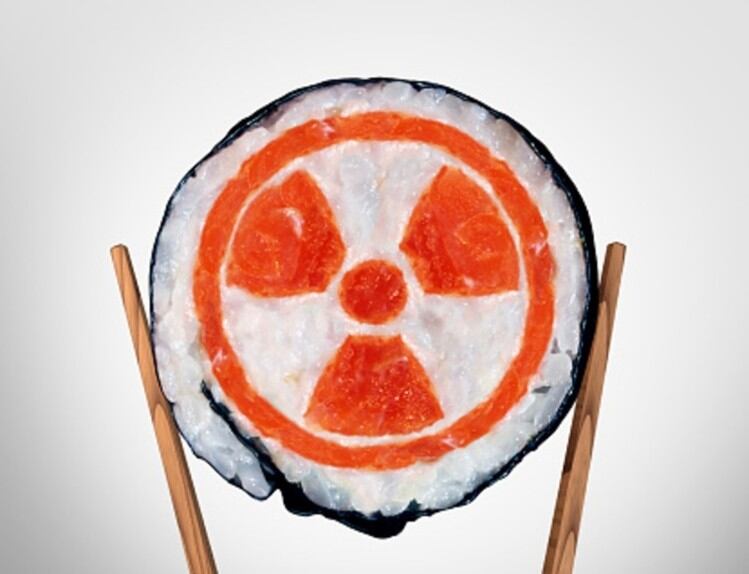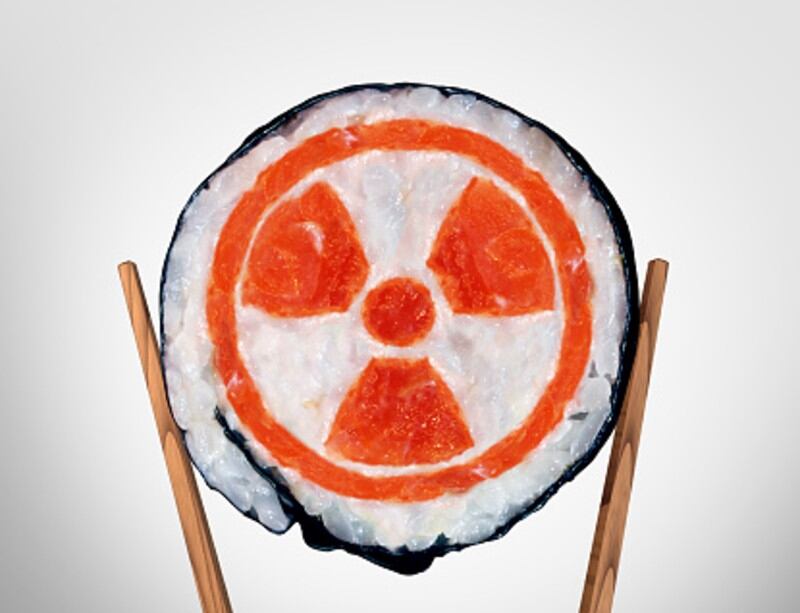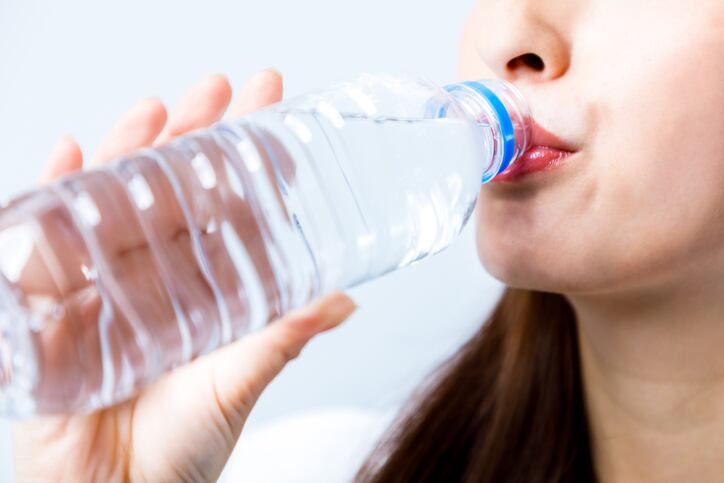The Fukushima Dai-ichi Nuclear Power Plant accident occurred in March 2011, releasing radionuclides into the environment.
In 2012, the government set standard limits for radionuclide in foods, specifically radioactive cesium.
The limits were set at 10 Bq/kg for drinking water, 50 Bq/kg for milk and infant food, and 100 Bq/kg for general foods which includes wild animal meat, fishery and agriculture.
Based on these standard limits, local governments in 17 prefectures have conducted their own monitoring tests, to ensure that foods exceeding the standard limit are not distributed, recalled, and disposed.
In this study, researchers in Japan wanted to estimate the internal exposure dose resulting from the ingestion of foods containing radioactive cesium using the monitoring results, and whether the food regulation measures implemented after the accident have been beneficial in ensuring food safety against radionuclides.
The findings were published in the journal Foods.
Data collection
For this study, researchers analysed monthly monitoring results downloaded from the Ministry of Health, Labour and Welfare (MHLW) website.
The data was evaluated for FY2012 (first year of the regulation), and FY2016 (five years after the accident).
The food items were classified broadly into food categories (drinking water, milk/infant food, agricultural product, animal product, fishery product, wild animal meat, and other foods), and tested for radioactivity concentration of cesium (in Bq/kg).
Radioactivity concentration of cesium was taken as the sum of sum of cesium-134 (Cs-134) and cesium-137 (Cs-137).
The estimated radiation exposure dose was calculated as the product of the food intake, radioactivity concentration in each food and dose coefficient.
Researchers then used the estimated radiation exposure dose and compared with the monitoring results to verify the effects of the food regulations implemented.
Monitoring results of FY2012
For FY2012, monitoring results show the categories with the least radioactivity concentration were drinking water and milk/infant food. Of the 1688 drinking water samples, 70.9% detected no radioactivity, and 28.3% with 0 to 10 Bq/kg. 13 samples exceeded the 10 Bq/kg limit.
Of the 5258 milk/infant food samples, 96.1% detected no radioactivity, and 3.9% detected 0 to 10 Bq/kg. None of the samples exceeded the 50 Bq/kg limit.
Categories with the highest radioactivity concentration were wild agricultural products and wild animal meat.
In wild agricultural products where the limit was set at 100 Bq/kg, 662 out of 50,367 samples exceeded the limit.
For wild animal meat, 519 of 1375 samples exceeded the limit, with 2 samples found to contain 50,000 to 100,000 Bq/kg.
Monitoring results of FY2016
In FY2016, five years after the accident, the samples exceeding the standard limit decreased considerably, and no sample exceeded the standard limit for the drinking water and milk/ infant food categories.
“This is because of the decay of radionuclides due to its half-life, weathering effect and measures to reduce the radionuclides in food such as feed management, decontamination of soil and wood and potassium fertilisation,” researchers wrote.
However, some samples from the wild animal meat (wild boar, bear, deer, birds) and agricultural produce (wild vegetable and mushroom) categories still showed high radioactivity.
For instance, 70 out of 25,603 samples of wild agricultural produce exceeded the limit of 100 Bq/kg.
For wild animal meat, 219 of 1519 samples exceeded the limit, with 2 samples containing 10,000 to 50,000 Bq/kg.
“Since it was difficult to manage feeding or cultivation related to these categories, it is believed that these items contained a high concentration of radioactivity even after several years.”
Radiation dose
Researchers also calculated the estimated radiation exposure dose to be 0.0430 mSv/y in FY2012.
The reference level is 1 mSv/y, which is also adopted by the Codex Alimentarius Commission.
Hence, the measures implemented for foods regulation in Japan after the nuclear accident are regarded to have been beneficial for ensuring food safety against radionuclides.
Researches said the monitoring test is a good measure of food safety, and would continue investigate the effect of such tests.
Source: Foods
https://doi.org/10.3390/foods10040691
“Estimation of Effect of Radiation Dose Reduction for Internal Exposure by Food Regulations under the Current Criteria for Radionuclides in Foodstuff in Japan Using Monitoring Results”
Authors: Minoru Osanai, et al.




